Landscape-scale conservation

In Forest of Bowland, during the last plan period our biggest contribution to this target has been working in partnership to restore and enhance important habitats such as blanket bog, upland heath, upland hay meadows and wet grassland.
Useful link:
Moorland management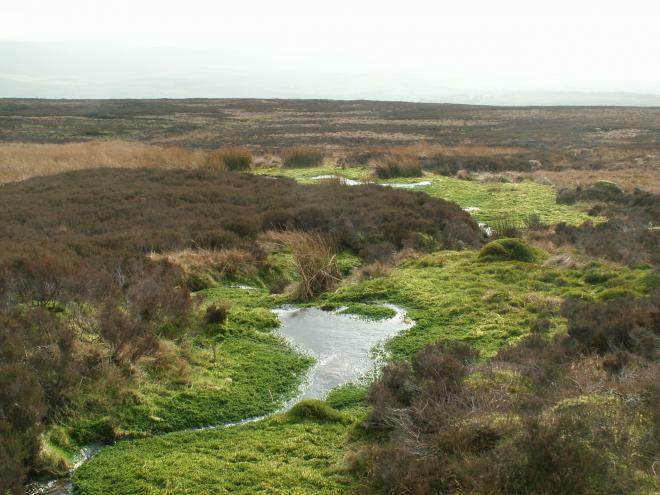
One of the principal reasons that the Forest of Bowland is designated as a National Landscape is in recognition of its important heather moorland and blanket bog habitats. Much of the Bowland Fells are also designated as a Site of Special Scientific Interest and Special Protection Area for upland bird species.
The predominant land uses for these upland areas are sheep and beef farming enterprises, alongside management of moorland for grouse shooting.
Useful links:
Woodland creation and management
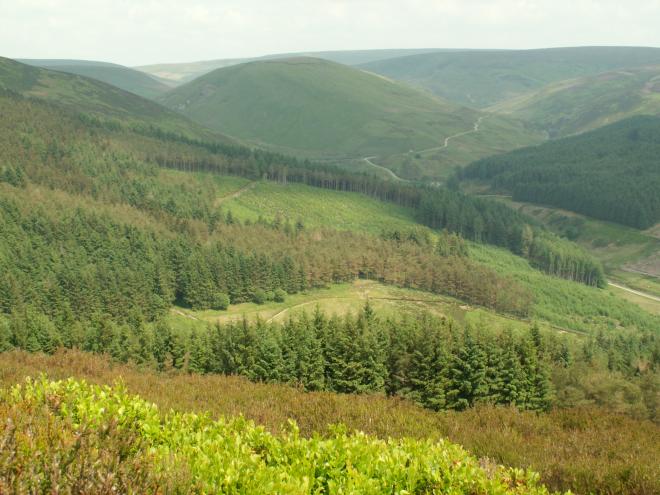 Just over 8% of the Forest of Bowland is woodland (broadleaved, conifers and mixed). This is below the national average for both England (10%) and the UK (13%). In 2015, the Government set out an ambitious target to plant 11 million trees by 2020. This target has proved difficult to achieve via existing Countryside Stewardship woodland creation schemes, with a relatively limited number of new woodland creation schemes locally within the National Landscape.
Just over 8% of the Forest of Bowland is woodland (broadleaved, conifers and mixed). This is below the national average for both England (10%) and the UK (13%). In 2015, the Government set out an ambitious target to plant 11 million trees by 2020. This target has proved difficult to achieve via existing Countryside Stewardship woodland creation schemes, with a relatively limited number of new woodland creation schemes locally within the National Landscape.
In addition, 36% of existing woodlands within the National Landscape are under-managed or not managed at all. Lack of management can often result in a loss of woodland biodiversity.
Useful link:
River catchment management
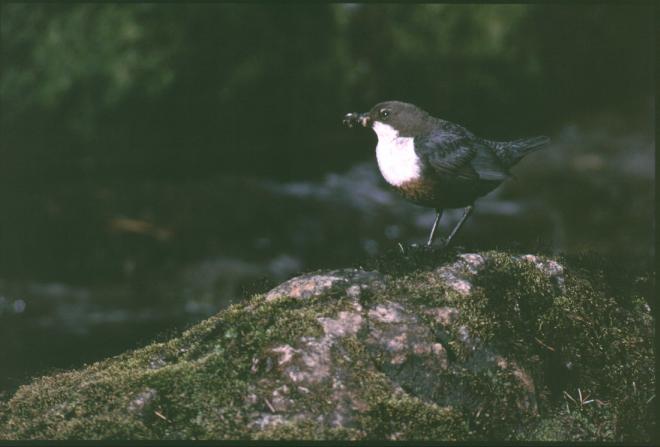 Since the establishment of Catchment Partnerships in 2011, there has been a much stronger focus on improving river habitats through better land management practices and habitat restoration. Whilst the ecological condition of over 65% of rivers within the National Landscape have a status of 'Good' or 'High', a target has been set of reaching 100% in Good or High status within the National Landscape by 2027.
Since the establishment of Catchment Partnerships in 2011, there has been a much stronger focus on improving river habitats through better land management practices and habitat restoration. Whilst the ecological condition of over 65% of rivers within the National Landscape have a status of 'Good' or 'High', a target has been set of reaching 100% in Good or High status within the National Landscape by 2027.
In addition, flooding incidents within Lancashire and North Yorkshire in recent years have resulted in a renewed focus on how improved catchment management in the uplands can help to reduce downstream flood risk. The implementation of natural flood management techniques, such riverside and wider catchment tree planting, in-stream habitat improvements and peatland restoration can complement more traditional, hard-engineering solutions to address flood risk.
Useful links:
- Habitat information for rivers
- Ribble Rivers Trust
- Ribble Life Together
- Wyre Rivers Trust
- Lune Rivers Trust
Development and planning in the National Landscape
 The fundamental principle underlying planning and development management in National Landscapes is that any new development within the National Landscape that has a materially adverse impact can only proceed where it is demonstrated that it satisfies an over-riding national need. All development is expected to confirm to high standards of design, to be in keeping with landscape character and local distinctiveness and should conserve and enhance the National Landscape's natural beauty.
The fundamental principle underlying planning and development management in National Landscapes is that any new development within the National Landscape that has a materially adverse impact can only proceed where it is demonstrated that it satisfies an over-riding national need. All development is expected to confirm to high standards of design, to be in keeping with landscape character and local distinctiveness and should conserve and enhance the National Landscape's natural beauty.
The National Landscape Partnership also wants to continue to support a resilient local economy and sustainable communities within the Forest of Bowland and therefore recognises the importance of remaining open to proposals for development within the National Landscape; particularly where these help deliver the statutory purpose of conserving and enhancing natural beauty.
Useful link:
The future of farming in the uplands
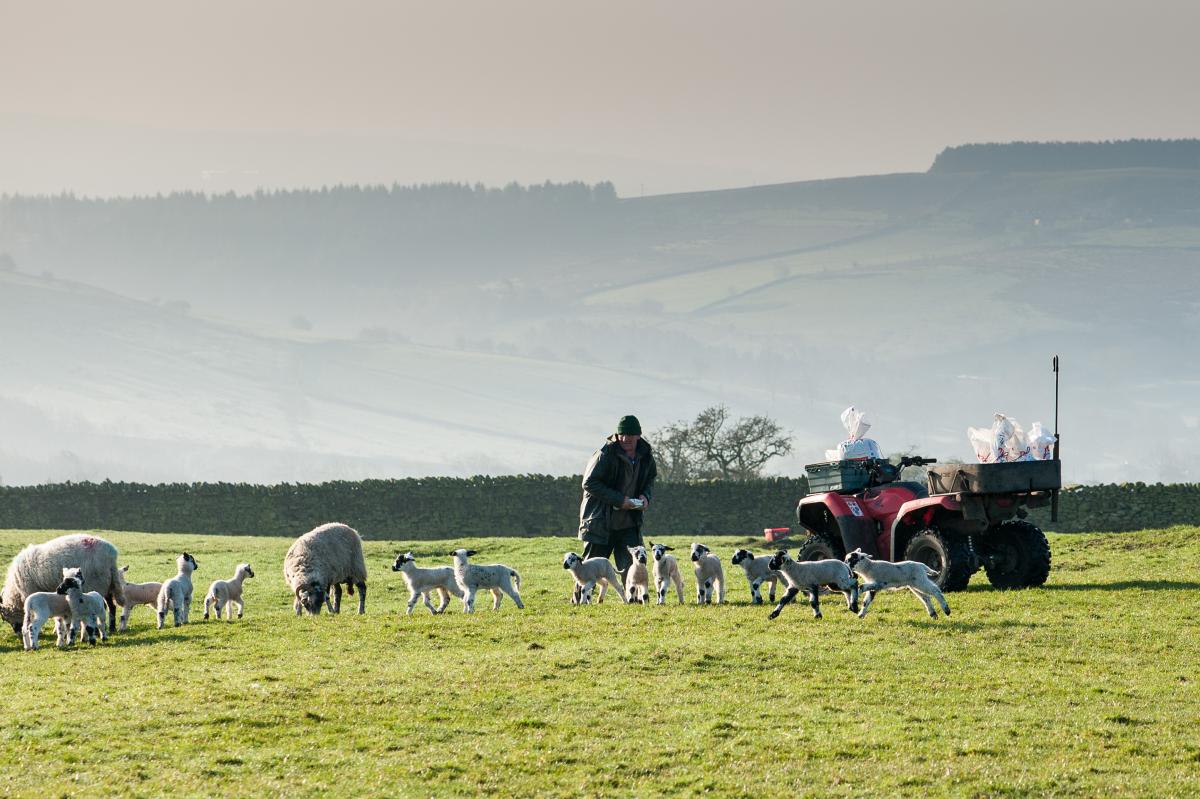 The Forest of Bowland has a predominantly farmed and managed landscape. Its character is the result of generations of human activity. The high quality of this landscape provides various public goods for wider society including biodiversity, carbon storage, water quality, flood resilience and recreational and educational opportunities enjoyed by thousands of people each year. Farming also has a significant social and cultural impact. Whilst difficult to quantify, the value that it has on landscape character, and the subsequent impact this has on sense of place and identity is significant.
The Forest of Bowland has a predominantly farmed and managed landscape. Its character is the result of generations of human activity. The high quality of this landscape provides various public goods for wider society including biodiversity, carbon storage, water quality, flood resilience and recreational and educational opportunities enjoyed by thousands of people each year. Farming also has a significant social and cultural impact. Whilst difficult to quantify, the value that it has on landscape character, and the subsequent impact this has on sense of place and identity is significant.
The UK's planned exit from the EU has created major uncertainty for the agricultural sector as a whole, both in terms of future trade arrangements and how- and to what level government (and domestic taxpayers) will support agriculture in future. This uncertainty is perhaps even more keenly felt within the uplands, such as the Forest of Bowland, where running a profitable sheep and beef operations can be particularly challenging. A significant number of farmers in Forest of Bowland rely on the existing Basic Payment Scheme and Agri-Environment Schemes to supplement their income and to continue to farm the fells.
Useful links:
Visitor experience and information
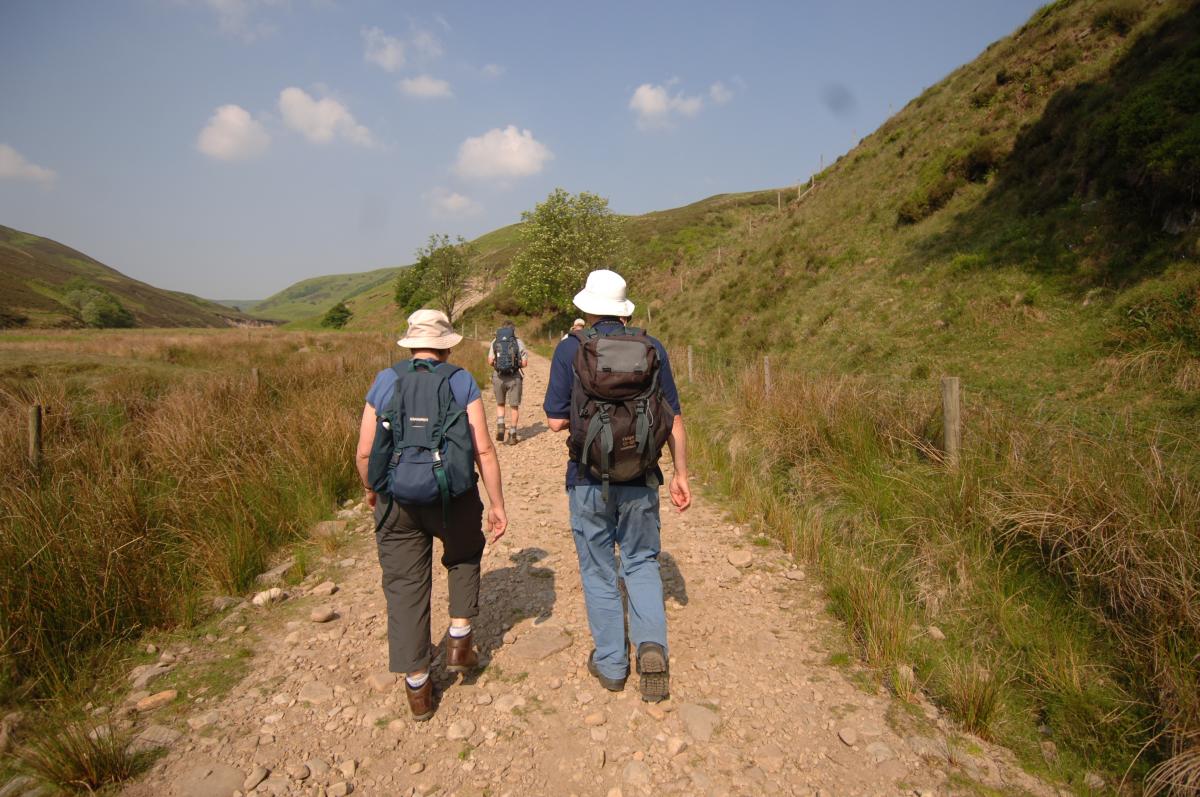
Over the last decade, the National Landscape Partnership has led the way in supporting the development of sustainable tourism that takes account of its economic, social and environmental impacts. The National Landscape Partnership seeks to continue this work and, where possible, provide infrastructure (e.g. promoted routes, information and facilities) that can deliver against visitors' expectations.
